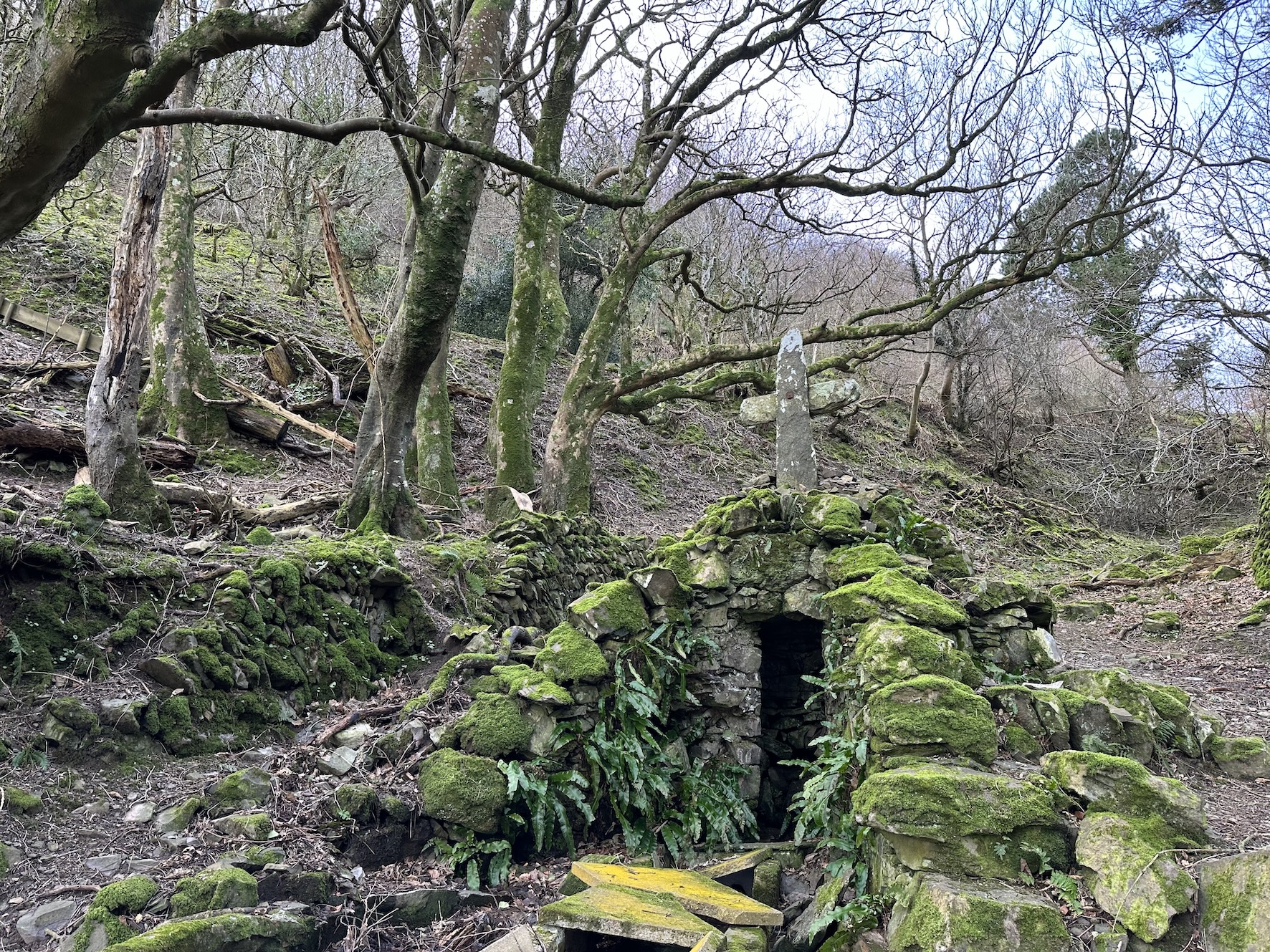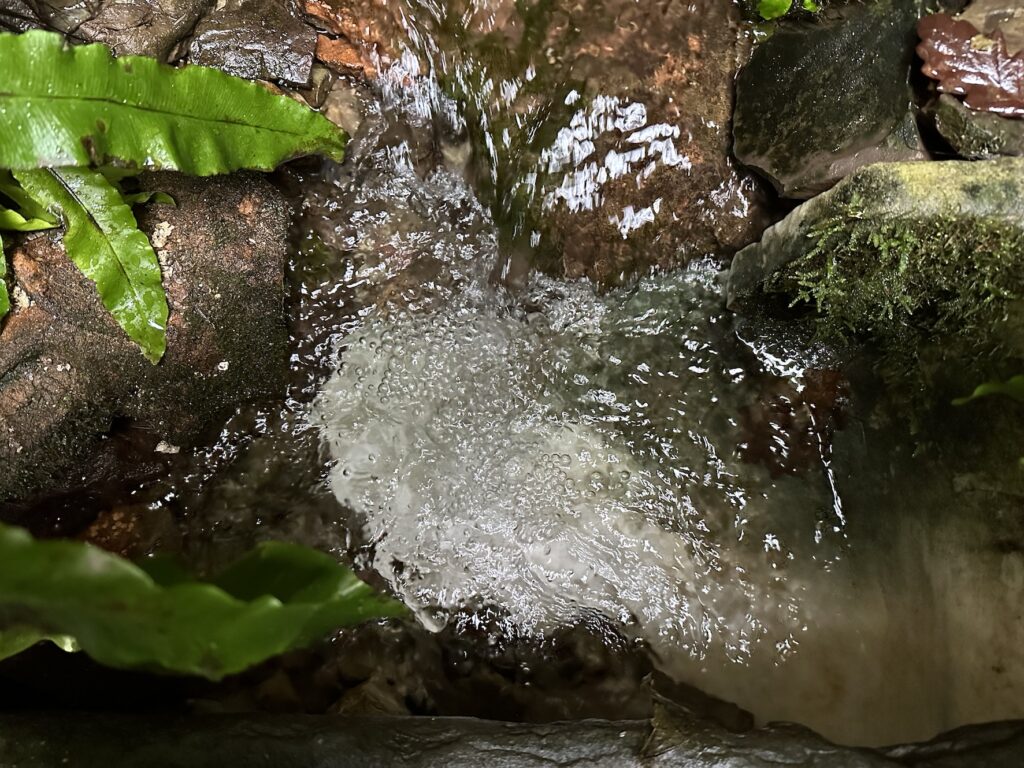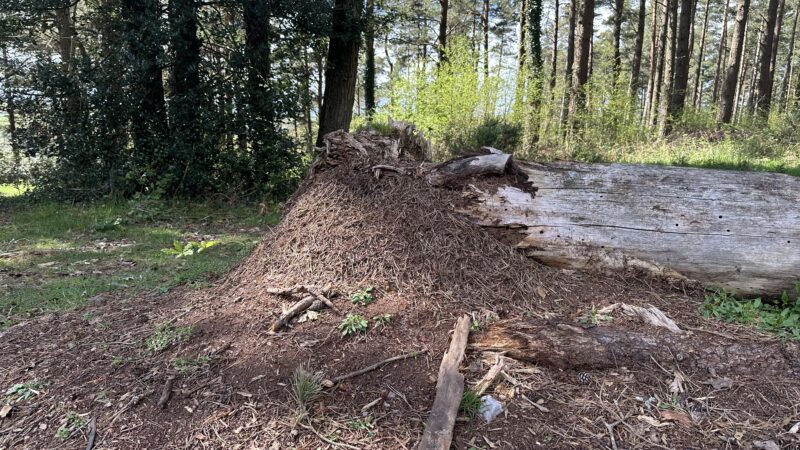North Devon’s fountain of myth

Sisters’ Fountain on the wild, wet rain-coast of Exmoor is always green. Even now, at the end of winter when the overhanging sycamores are bare of leaf, the place is lit lime and emerald. Brilliant pelts of moss clothe rocks, roots and trunks. Glossy, ruched straps of hart’s-tongue fern dangle from walls.
The “fountain” itself is a natural spring with a wellhouse over the top. Water runs out of the hill into a marble basin, now full of silt and mostly obscured under a jumble of broken stone. Only a small piece remains clear, swept clean by the bubbling flow, gleaming white and as smoothly bumped to touch as the milky flesh inside a coconut.

The structure, with its stone cross, looks medieval, but it was built in the early 19th century. It is in the grounds of a swanky house constructed by the Rev WS Halliday, who inherited a fortune derived in part from slave labour in Jamaica. While Halliday named the fountain after his two nieces, its religious appearance alludes to an older legend about Joseph of Arimathea. According to folklore, Joseph landed on the beach below with his nephew Jesus on their voyage to Glastonbury. The pair were thirsty after the steep climb, so Joseph struck his staff on the ground and water gushed forth.
Some believe that was the first of two visits Jesus has made to Exmoor. In 1958 a London taxi driver called George King claimed that Christ appeared to him on a windy piece of moorland a few miles west, near Combe Martin. King founded the Aetherius Society, based on UFO and new age beliefs. Members still meet periodically at Holdstone Down in Devon – the next event is scheduled for 27 July this year.
This landscape is famed for inspiring the imagination. It was in a remote farmhouse a little east of Sisters’ Fountain that Samuel Taylor Coleridge fell into an opium-induced reverie and composed Kubla Khan, whose ancient forests and “sunny spots of greenery” echo the local topography.
The coastal path threads through all these stories. Rambling past Sisters’ Fountain, you can decide for yourself whose footsteps you are walking in.

First published in The Guardian’s Country Diary column on 7 March 2024.





